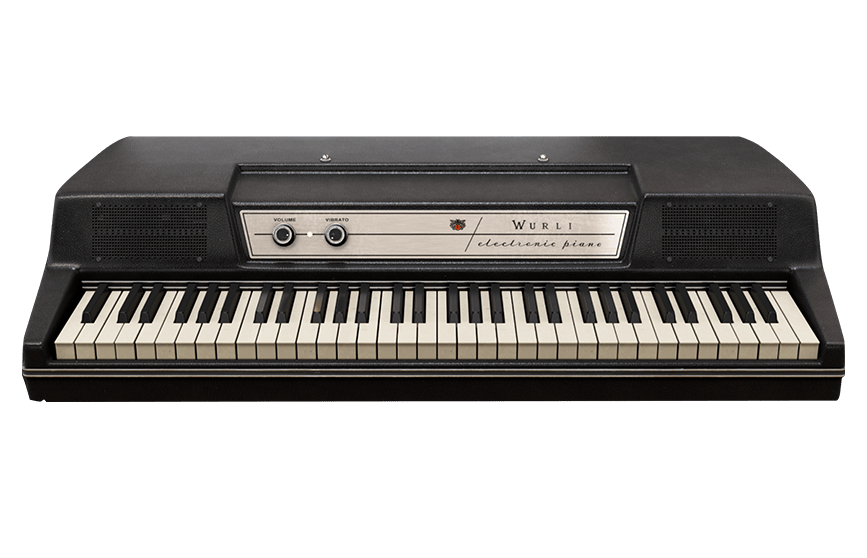
Indeed, Wurlitzer V lets users choose between three output modes: Studio (Wurlitzer V and associated effects are ‘connected’ to a virtual DI box with reverb thereafter) Stage (with guitar amp simulator, multiple mic and speaker options, and a satisfying-sounding spring reverb at the output stage) and Rotary (with a rotary speaker simulator to create musical movement) Unlike traditional sampling libraries, the Wurlitzer V’s embedded physical modelling engine readily reproduces the agreeable acoustic properties of the Wurlitzer EP 200A’s musically distinctive reeds, key action, and amplification combo by ‘constructing’ played notes in real time, creating cost-effective andreliable realism in a computer-based, truly portable package fit for a 21st Century performer moreover, maximising integral sonic flexibility to skilfully surpass its hardware namesake is also the virtual order of the day here, appealing to studio and stage users alike.


The 1972-launched Wurlitzer EP 200A represented Wurlitzer’s top-of-the-range, reed-based piano line throughout its impressive 10-year production lifespan today Arturia’s Wurlitzer V faithfully resurrects that still-sought-after sound - and more besides!

Think electric piano, and many musicians still think Wurlitzer or ‘Wurly’ - one of a series of electromechanical stringless pianos manufactured and marketed by the US-based Rudolph Wurlitzer Company, coining the trademarked Electronic Piano phrase in the process.


 0 kommentar(er)
0 kommentar(er)
